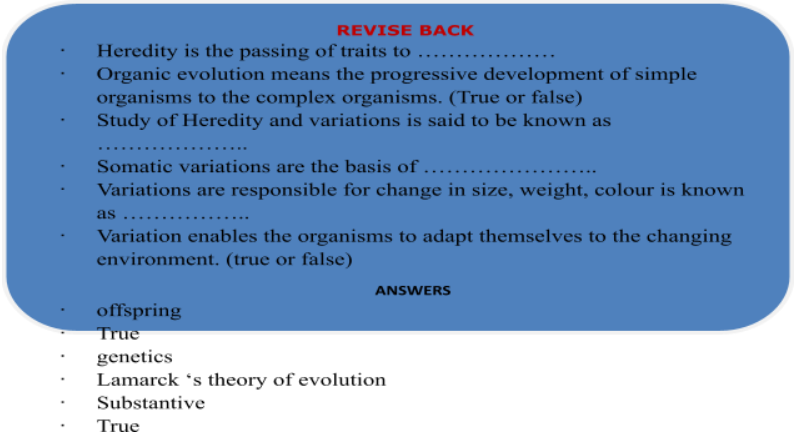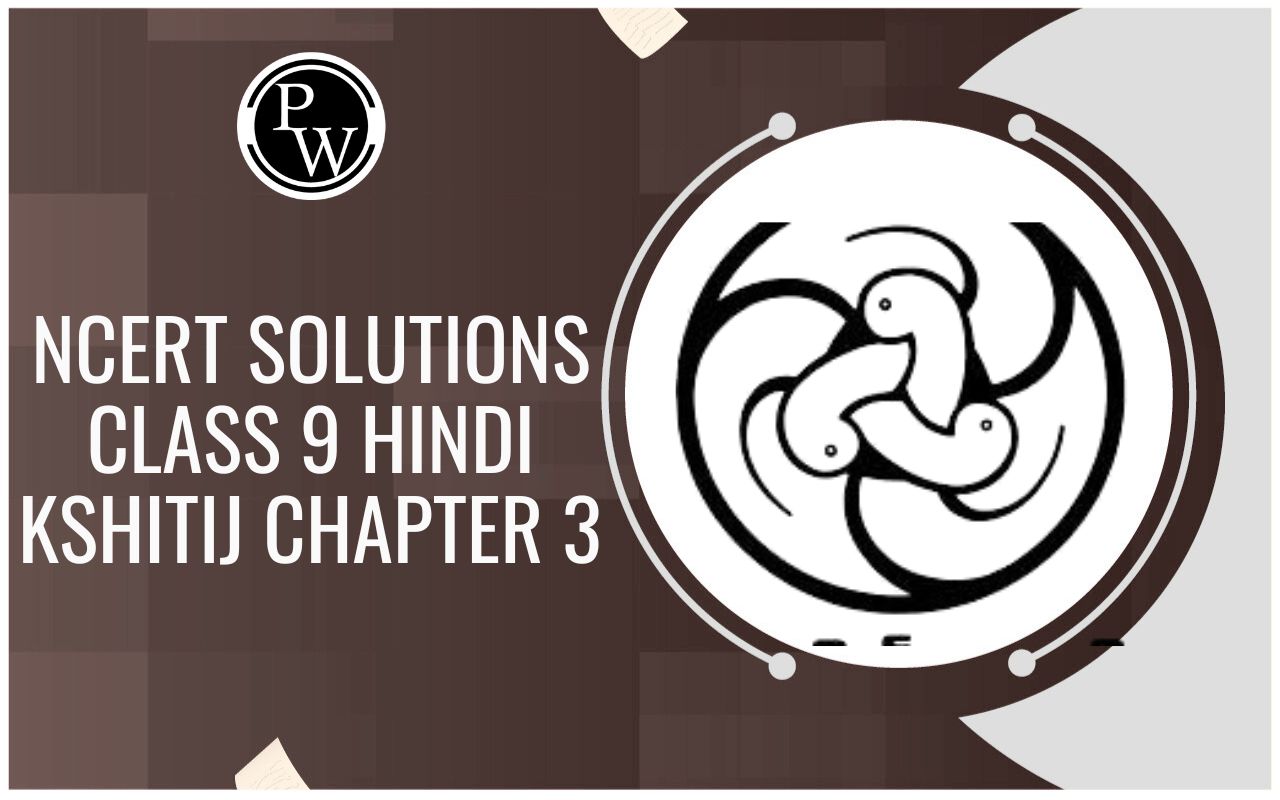
Variation
Heredity And Evolution of Class 10
Variation is concerned with the difference between the individuals of same species and also between the offsprings of the same parents.
Variation could be of two types:
- Somatic variation
- Germinal variation
SOMATIC VARIATION:
Mutations that occur in the somatic cells are called somatic variations .New mutations occur twice as frequently in sperm as in eggs(germ cells), probably because so many more cell divisions are required to make sperm than eggs.
These variations are non-heritable and affect the somatic cells. They are acquired by the individual during the life time. Hence these are also called acquired variations.
They are produced by three kinds of factors : environment, use and disuse of organs and conscious efforts. e.g., muscular body of the wrestler (use of muscles), boring of pinna, beard and moustache style (conscious efforts).
These variations are the basis of Lamarck ‘s theory of evolution.
(A) Environment : This includes the factors that affect the organisms such as food, air, pressure, humidity, water etc. Environment affects all the organisms however they also affect the plants because they cannot move or hide themselves.
- Light : Strong sunlight affects the human skin by increasing the dark pigment melanin in the epidermal cells. Melanin protects the underlying cells by absorbing the ultra violet rays of the sun. Plants grown in shade become weak and pale and acquire long internodes and broad leaves.
- Habitat: It also affects the genetic makeup of an individual and leads to variations.
- Nutrition: It is also one of the various factors that cause variations.
(B) Use and disuse of organs: Continuous use of an organ makes it better developed whereas constant disuse makes it reduced.
(C) Conscious efforts: Conscious efforts by man produce somatic variations in humans themselves, in domestic animals and plants.
GERMINAL VARIATION:
Germinal variation is the type of variation that occurs only in germplasm of organisms. So,only the variations from the germplasm and the gametes are passed on the offsprings.It may be apparent from the birth of the individual or may develop at any stage of life of the organism.
They are produced by new combination of characters, crossing over, change in number of chromosomes, radiations and chemicals. e.g., haemophilia, blood groups, colour blindness, baldness, eye colour etc.
Germinal variations could be of two types :
(A) Continuous variations: (Fluctuating variations) Continuous variations formed the basis of Darwin’s theory of evolution (natural selection).
Continuous variations are small, indistinct differences from the normal conditions (average) and are called fluctuations. These are not stable and non-heritable. There are of two types:
- Substantive : Such variations are responsible for change in size, weight, colour e.g., skin colour and height in man, egg production in poultry.
- Meristic : Such variations affect change in certain parts of living organism e.g., change in number of segments of earthworm, change in number of arms of starfish and change in number of sepals and petals of the flower.
(B) Discontinuous variations : Such variations are large distinct differences from the parents and are termed as mutations or sports. These are stable and heritable. It is a jerky process. These variations are further classified into two types:
1. Substantive. Here mutations affect size, weight, shape, colour etc. e.g. hornless variety of cattle, short legged Ancon sheep, hairless variety in dogs.
2. Meristic. These variations bring about change in number of certain parts in organisms. e.g.Polydactyly (more digits in fingers or toes)
Mutation was the basis of de Vries theory of evolution.
Causes of discontinuous variations:
- Modification in structure of chromosomes.
- Alteration in the chemical nature of genes.
- Change in the number of chromosomes.
- Radiations and chemicals may also cause mutation.
SIGNIFICANCE OF VARIATION:
- Variation enables the organisms to adapt themselves to the changing environment.
- It forms raw material for evolution
- It enables the organisms to face the struggle for existence in a better way.
- It helps men in improving the races of useful animals and plants.
- It is the basis of heredity.
- It also leads to the existence of new traits.










